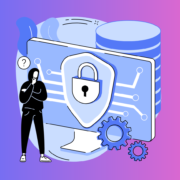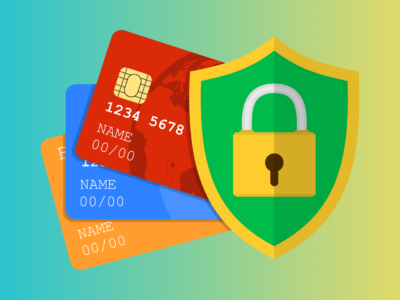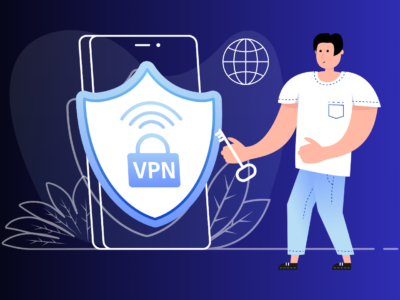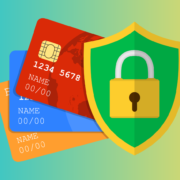In the ever-evolving landscape of cybersecurity, ethical hacking has emerged as a crucial practice to identify and rectify vulnerabilities before malicious hackers exploit them. If you’ve ever been intrigued by the idea of ethical hacking and want to embark on this ethical and legal journey, this guide will provide you with the essential steps to get started on your path to becoming an ethical hacker.
Understanding the Importance of Ethical Hacking
Before diving into the practicalities, let’s explore why ethical hacking is a vital component of robust cybersecurity.
Significance of Ethical Hacking
– Proactive Vulnerability Management:
Ethical hacking allows organizations to proactively identify and address vulnerabilities before they can be exploited by malicious actors.
– Enhanced Security Posture:
By simulating real-world cyberattacks, ethical hacking helps organizations fortify their security posture and protect sensitive information.
– Compliance Requirements:
Many industries and regulatory bodies mandate regular security assessments, making ethical hacking essential for compliance.
Getting Started with Ethical Hacking: A Step-by-Step Guide
1. Acquire a Strong Foundation in Networking and Systems
– Networking Basics:
Understand the fundamentals of networking, including protocols, IP addressing, and network architecture.
– Operating Systems:
Familiarize yourself with various operating systems, particularly those commonly used in enterprise environments.
2. Learn Programming and Scripting Languages
– Programming Languages:
Gain proficiency in languages like Python, JavaScript, or Ruby to automate tasks and understand code vulnerabilities.
– Scripting Languages:
Learn scripting languages such as Bash for efficient system administration and testing.
3. Understand Cybersecurity Fundamentals
– Security Concepts:
Grasp essential security concepts, including encryption, authentication, and access control.
– Common Threats:
Familiarize yourself with common cybersecurity threats, such as malware, phishing, and denial-of-service attacks.
4. Explore Ethical Hacking Tools
– Penetration Testing Tools:
Get hands-on experience with popular penetration testing tools like Metasploit, Wireshark, and Burp Suite.
– Vulnerability Scanners:
Learn how to use vulnerability scanners like Nessus or OpenVAS to identify weaknesses in systems.
5. Earn Relevant Certifications
– Certified Ethical Hacker (CEH):
Pursue certifications like CEH to validate your ethical hacking skills and knowledge.
– Offensive Security Certified Professional (OSCP):
Consider advanced certifications like OSCP for a deeper understanding of offensive security.
6. Build a Home Lab for Hands-On Practice
– Virtualization Software:
Utilize virtualization software like VirtualBox or VMware to set up a home lab for practical exercises.
– Simulate Scenarios:
Create simulated environments to practice ethical hacking scenarios without impacting real systems.
Conclusion: Ethical Hacking as a Continuous Journey
In conclusion, getting started with ethical hacking is an exciting and continuous journey. By building a strong foundation in networking and systems, learning programming and scripting languages, understanding cybersecurity fundamentals, exploring ethical hacking tools, earning relevant certifications, and establishing a home lab for hands-on practice, you can set yourself on the path to becoming a skilled ethical hacker.
Ethical hacking is not just a career; it’s a commitment to continuous learning and staying ahead of evolving cyber threats. Embrace the ethical hacker mindset, stay curious, and contribute to making the digital world a safer place. Happy hacking!












Comments